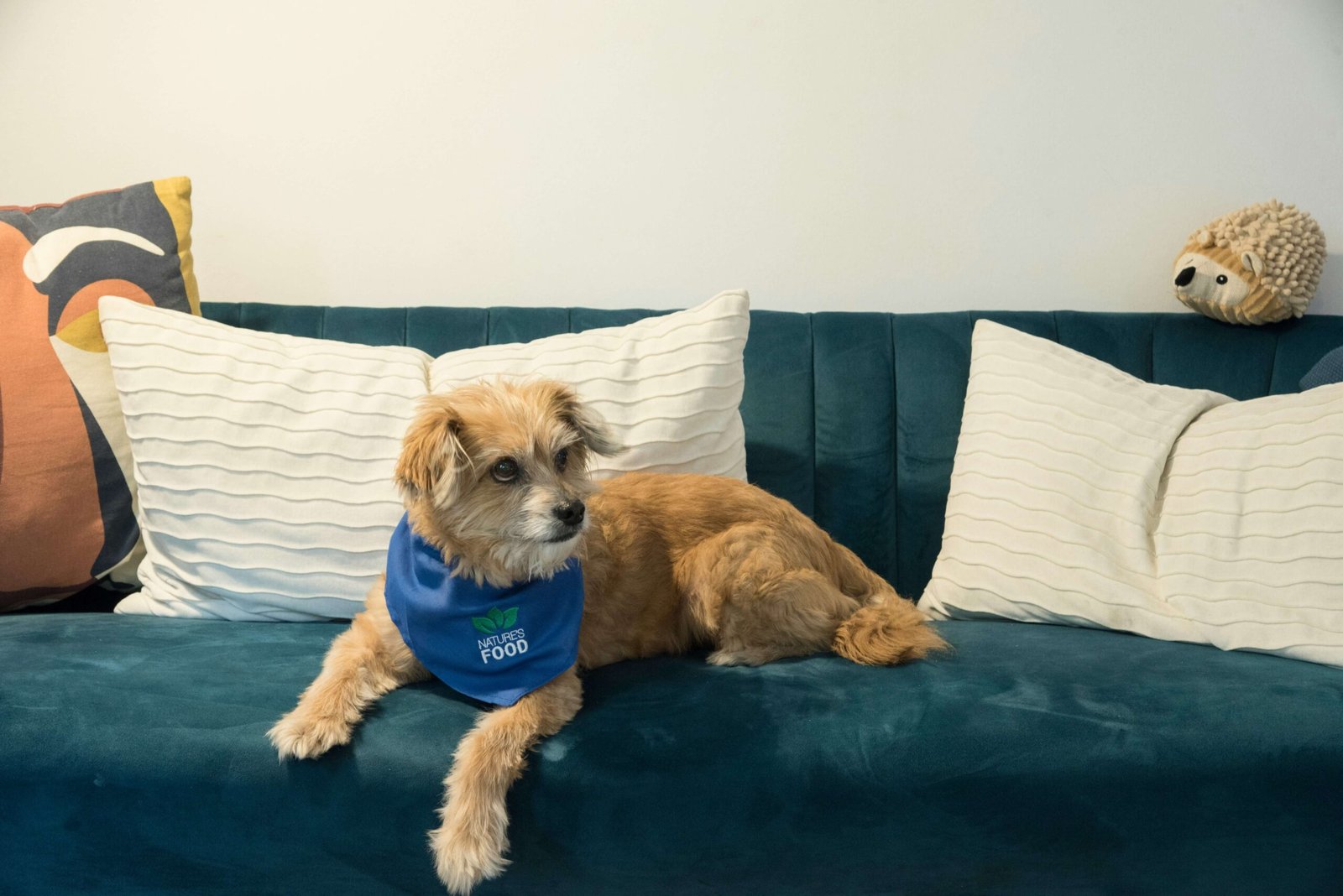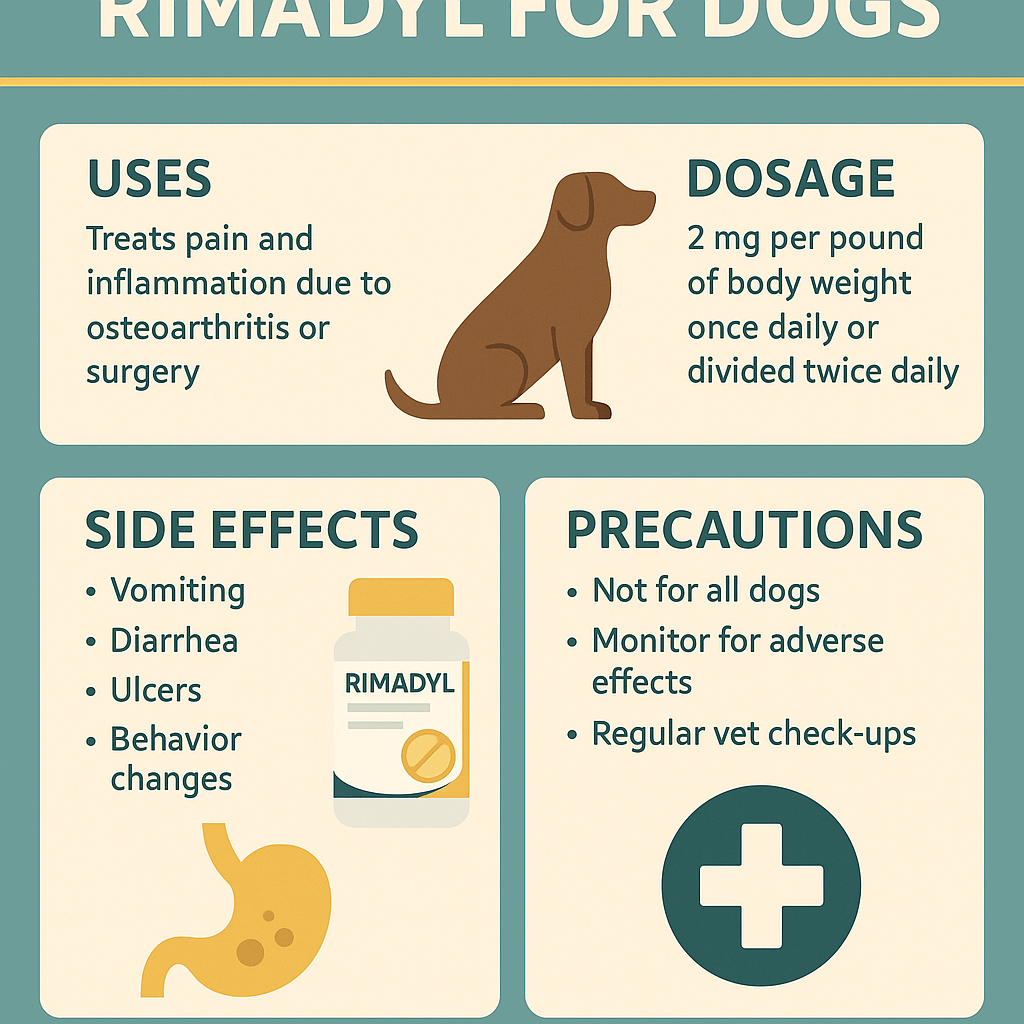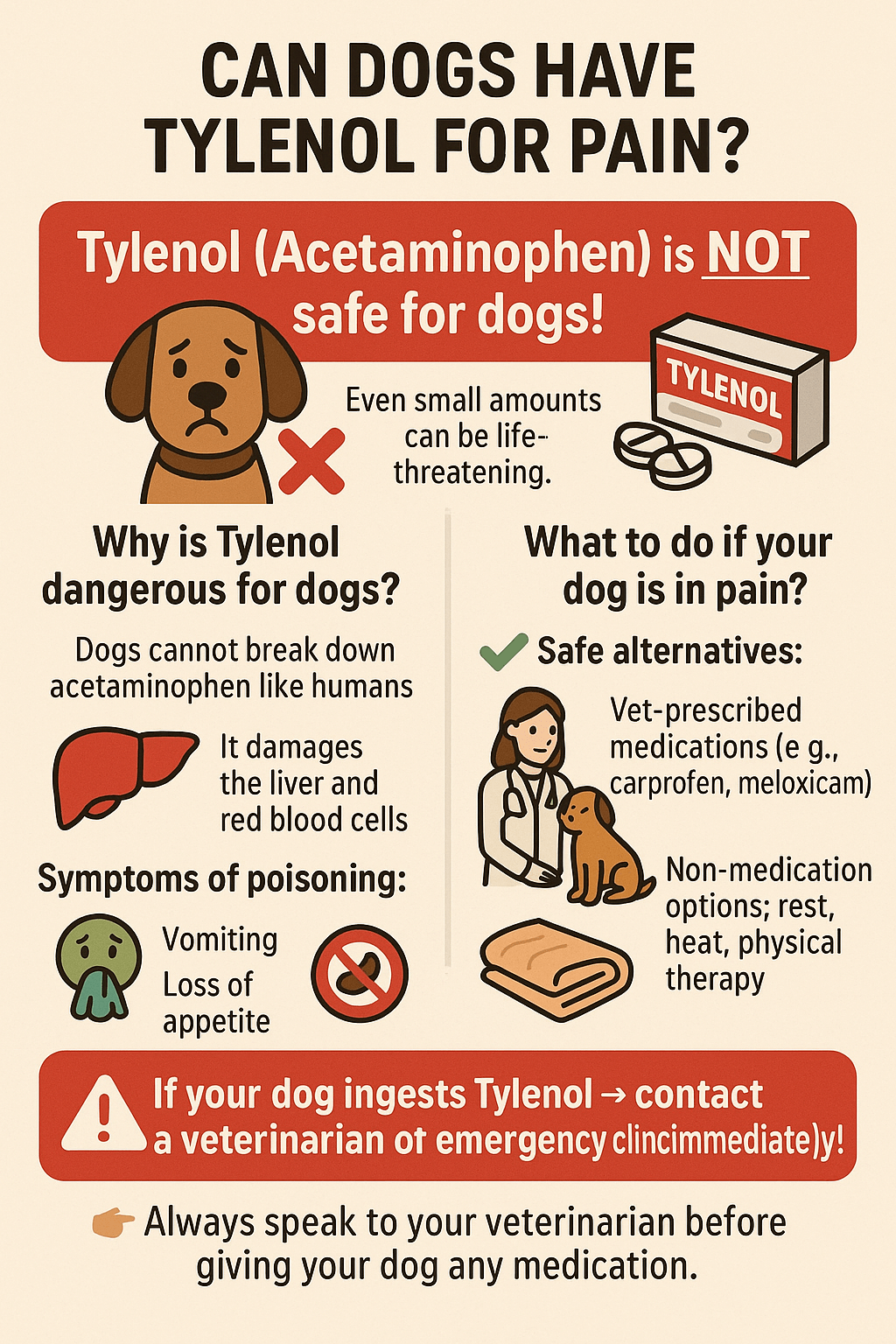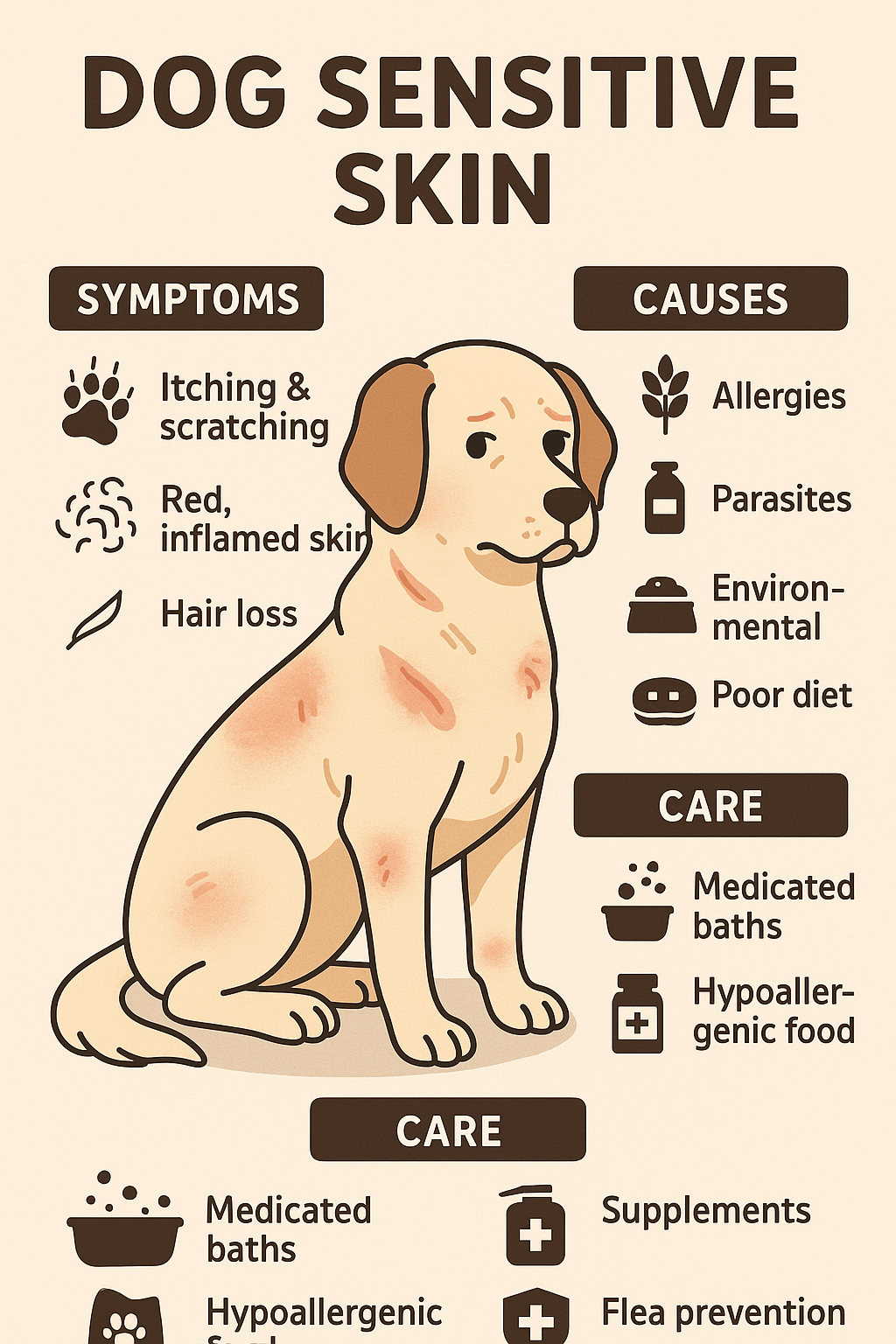Dog Nose Dripping Clear: What It Means and How to Respond
A dog’s nose is often described as their built-in weather station, mood detector, and health indicator all rolled into one. But what does it mean when your dog’s nose is dripping clear liquid? While a moist nose is typically a sign of good health, excessive dripping can sometimes raise concerns. Is it normal, or could it indicate an underlying issue? In this blog post, we’ll explore the reasons behind a dog’s dripping nose, how to differentiate between harmless moisture and potential problems, and practical steps you can take to ensure your furry friend stays healthy. Whether you’re a seasoned dog owner or new to pet parenting, understanding your dog’s nasal health is key to keeping them happy and comfortable.
Common Causes of a Dog’s Nose Dripping Clear Liquid
A dripping nose in dogs can stem from various causes, ranging from completely normal behaviors to signs of illness. Understanding these potential triggers will help you determine whether your dog’s condition requires attention or if it’s simply part of their everyday life. Here are some common causes:
Environmental Factors
Changes in humidity, temperature, or exposure to strong odors can cause a dog’s nose to produce more mucus, leading to dripping.Allergies
Dogs can suffer from seasonal allergies, food sensitivities, or reactions to household irritants like dust or cleaning products, resulting in a runny nose.Exercise or Excitement
Physical activity or emotional excitement can temporarily increase nasal discharge as part of the body’s natural response.Foreign Objects
Small particles like grass seeds, dirt, or debris lodged in the nasal passages may trigger excessive clear discharge.Viral or Bacterial Infections
While less common, infections such as kennel cough or canine distemper can present with clear nasal discharge before progressing to other symptoms.
Recognizing the cause of your dog’s dripping nose allows you to respond appropriately. If the dripping persists or is accompanied by other symptoms, consult your veterinarian for further guidance.
Signs That Your Dog’s Dripping Nose Requires Attention
While a clear, dripping nose isn’t always alarming, certain signs may indicate an underlying issue that needs professional care. Monitoring your dog closely will help you identify when to seek veterinary assistance. Here’s what to look out for:
Discolored Discharge
If the clear liquid turns yellow, green, or bloody, it could signal an infection or injury requiring immediate attention.Frequent Sneezing
Excessive sneezing alongside a dripping nose might suggest irritation or the presence of a foreign object.Lethargy or Loss of Appetite
Behavioral changes like decreased energy or refusal to eat can indicate a more serious health concern.Swelling Around the Nose
Inflammation or swelling near the nasal area may point to trauma, infection, or an allergic reaction.Pawing at the Face
If your dog constantly rubs or paws at their nose, they might be experiencing discomfort or pain.
Being vigilant about these warning signs ensures you address potential problems early. Remember, prevention and timely intervention are key to maintaining your dog’s well-being.
Check this guide 👉Understanding Dog Nose Dripping Anxiety: Best 7 Health Tips!
Check this guide 👉The Curious Case of Dog Nose Peeling: Best 7 Expert Tips!
Check this guide 👉Top 5 Best Dog Nose Balms for Ultimate Snout Protection!
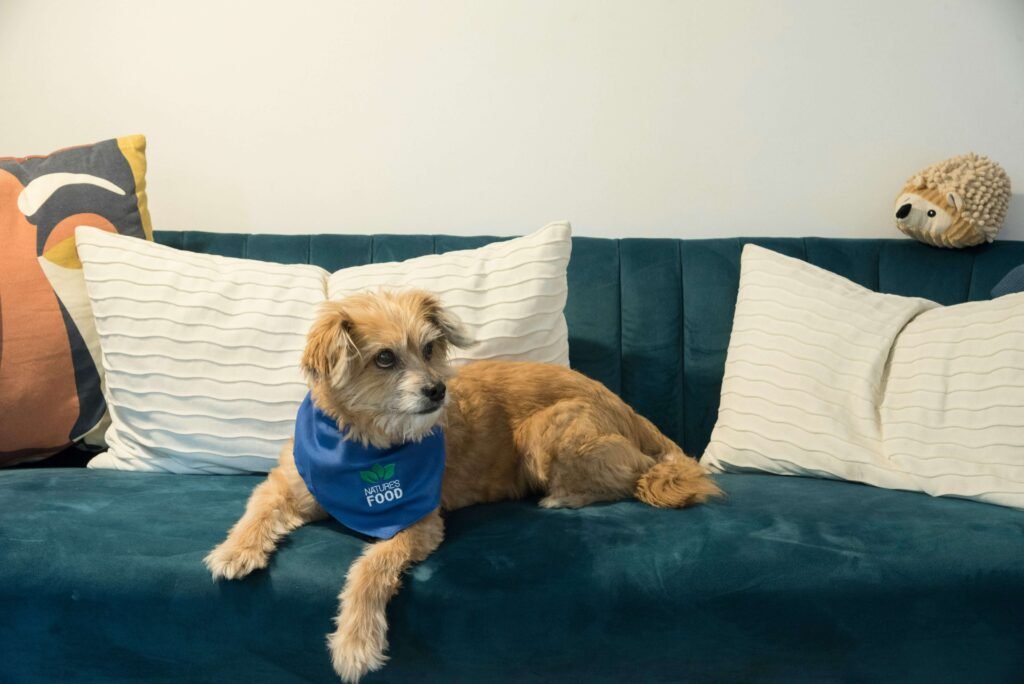
Normal Characteristics | Abnormal Characteristics |
|---|---|
Clear and watery | Yellow, green, or bloody discharge |
Occasional after exercise | Persistent dripping without reason |
No accompanying symptoms | Paired with sneezing or coughing |
Moist but not excessive | Thick or crusty discharge |
Linked to environmental factors | Associated with lethargy or swelling |
Tips to Manage a Dog’s Dripping Nose at Home
If your dog’s dripping nose appears to be harmless, there are several steps you can take at home to manage it effectively. These tips focus on comfort, cleanliness, and minimizing exposure to irritants. Here’s what you can do:
Keep Their Environment Clean
Regularly clean your home to reduce allergens like dust, mold, or pet dander that might irritate your dog’s nasal passages.Use a Humidifier
Dry air can dry out your dog’s nasal tissues, so using a humidifier during colder months can help maintain optimal moisture levels.Avoid Strong Scents
Limit your dog’s exposure to perfumes, air fresheners, or harsh cleaning chemicals that could irritate their sensitive nose.Wipe Their Nose Gently
Use a soft, damp cloth to wipe away excess moisture and prevent skin irritation around their nose.Monitor Outdoor Time
During high-pollen seasons or extreme weather conditions, limit outdoor time to reduce the risk of irritation.
By implementing these strategies, you can create a supportive environment for your dog while addressing minor issues related to their dripping nose. Always prioritize their comfort and safety.
When to Seek Veterinary Care for a Dripping Nose
Knowing when to involve a veterinarian is crucial for ensuring your dog receives proper care. While many cases of a dripping nose are benign, others may require professional evaluation. Here’s when you should schedule a vet visit:
Persistent Symptoms
If the dripping continues for more than a day or two without improvement, it’s worth consulting a vet.Accompanying Cough or Wheezing
Respiratory symptoms paired with nasal discharge can indicate a viral or bacterial infection.Unusual Behavior Changes
Signs like aggression, withdrawal, or confusion alongside a dripping nose may suggest neurological involvement.Visible Trauma
If your dog has recently injured their face or nose, any discharge should be checked promptly.Preexisting Health Conditions
Dogs with chronic illnesses like allergies or immune disorders may need closer monitoring if their nose starts dripping excessively.
Timely veterinary intervention can prevent minor issues from escalating into major health concerns. Trust your instincts—if something feels off, don’t hesitate to seek help.
Environmental Triggers for a Dripping Nose
A dog’s environment plays a significant role in their nasal health. Certain factors can trigger excessive dripping, even if the cause is harmless. Identifying and addressing these triggers can help minimize discomfort for your furry friend. Here are some common environmental culprits:
Seasonal Changes
Temperature fluctuations between seasons can irritate nasal tissues, leading to increased mucus production.High Humidity Levels
Excessive moisture in the air can overwhelm your dog’s nasal passages, causing them to drip more than usual.Exposure to Smoke or Pollutants
Tobacco smoke, vehicle exhaust, or industrial pollutants can irritate a dog’s sensitive nose and trigger clear discharge.Pollen and Grass
During spring and summer, pollen and grass particles can act as irritants, prompting a runny nose.Dust and Debris Indoors
Poorly ventilated spaces with high dust levels can exacerbate nasal issues, especially in sensitive dogs.
By minimizing exposure to these environmental triggers, you can reduce the likelihood of your dog experiencing a dripping nose. A clean, well-maintained space goes a long way in supporting their respiratory health.
Breeds Prone to Nasal Sensitivity
Not all dogs experience nasal issues equally—some breeds are more prone to sensitivity due to their anatomy or genetic predispositions. If your dog belongs to one of these breeds, extra care may be necessary to manage their nasal health. Here’s a breakdown of breeds that are particularly susceptible:
Brachycephalic Breeds
Breeds like Bulldogs, Pugs, and Shih Tzus have shorter nasal passages, making them more prone to irritation and discharge.Hunting and Working Dogs
Breeds such as Retrievers and Spaniels often spend time outdoors, increasing their exposure to allergens and irritants.Small Toy Breeds
Tiny breeds like Chihuahuas and Yorkies tend to have delicate nasal tissues that react quickly to environmental changes.Herding Breeds
Border Collies and Australian Shepherds are highly active and frequently exposed to outdoor elements, which can lead to nasal sensitivity.Long-Nosed Breeds
Greyhounds and other sighthounds have elongated nasal passages that can trap debris, causing irritation and dripping.
Understanding breed-specific sensitivities allows you to tailor your care approach and take preventive measures to keep your dog comfortable.
Preventive Measures to Maintain Nasal Health
Prevention is always better than cure when it comes to your dog’s nasal health. By adopting proactive habits, you can minimize the chances of your dog developing a dripping nose due to preventable causes. Here are some practical preventive measures:
Regular Vet Check-Ups
Schedule routine veterinary visits to catch any underlying issues early before they manifest as nasal symptoms.Balanced Diet and Hydration
Ensure your dog consumes a nutrient-rich diet and stays hydrated to support overall immune and respiratory health.Grooming Around the Nose
Trim fur around the nose area to prevent irritation and keep it free from dirt or debris.Avoid Overexertion in Extreme Weather
Limit strenuous activities during very hot, cold, or humid conditions to protect your dog’s nasal passages.Use Pet-Safe Cleaning Products
Switch to non-toxic, pet-friendly cleaning supplies to reduce the risk of chemical irritation.
Implementing these preventive measures not only supports your dog’s nasal health but also contributes to their overall well-being. A little effort can go a long way in ensuring your dog stays happy and healthy year-round.
Frequently Asked Questions About Dog Nose Dripping Clear
Is it normal for a dog’s nose to drip occasionally?
Yes, occasional dripping is normal, especially after exercise or exposure to strong scents. However, persistent dripping should be monitored.
Can allergies cause my dog’s nose to drip?
Absolutely. Allergies to pollen, food, or environmental irritants can lead to increased nasal discharge.
Should I worry if my dog’s nose drips only during winter?
Not necessarily. Cold, dry air can irritate nasal tissues, causing temporary dripping. Using a humidifier can help alleviate this.
How can I tell if my dog’s dripping nose is due to a foreign object?
Look for signs like pawing at the nose, frequent sneezing, or one-sided discharge, which may indicate a foreign object.
Does a dripping nose mean my dog has a fever?
Not always. A dripping nose alone doesn’t confirm a fever, but if combined with lethargy or warmth, check their temperature or consult a vet.
Supporting Your Dog’s Nasal Health
Understanding why your dog’s nose might be dripping clear liquid empowers you to provide the best possible care for your four-legged companion. From recognizing normal variations to identifying red flags, staying informed ensures your dog remains healthy and comfortable. By incorporating simple practices like maintaining a clean environment, monitoring behavior changes, and seeking veterinary advice when needed, you’ll foster a nurturing atmosphere where your dog can thrive. Remember, every dog is unique, so trust your instincts and prioritize their well-being above all else. With love, patience, and attentiveness, you’ll continue to build a bond rooted in trust and mutual understanding—one wet nose at a time!
Rimadyl for Dogs: Best 7 Expert Tips! Discover expert advice on using Rimadyl safely, managing pain, and improving your dog’s mobility with trusted veterinary insights.
Can Dogs Have Tylenol for Pain? Best 7 Expert Tips! Discover the risks, safe alternatives, and expert advice on managing your dog’s pain effectively while avoiding harmful medications.
Understanding Hemophilia in Dogs: Best 7 Expert Tips! Discover expert advice on managing hemophilia, recognizing symptoms, and ensuring your dog’s well-being with practical care strategies.
Understanding Dog Sensitive Skin: Best 7 Expert Tips! Discover expert advice on managing dog sensitive skin, relieving irritation, and improving your pup’s comfort with practical solutions.

